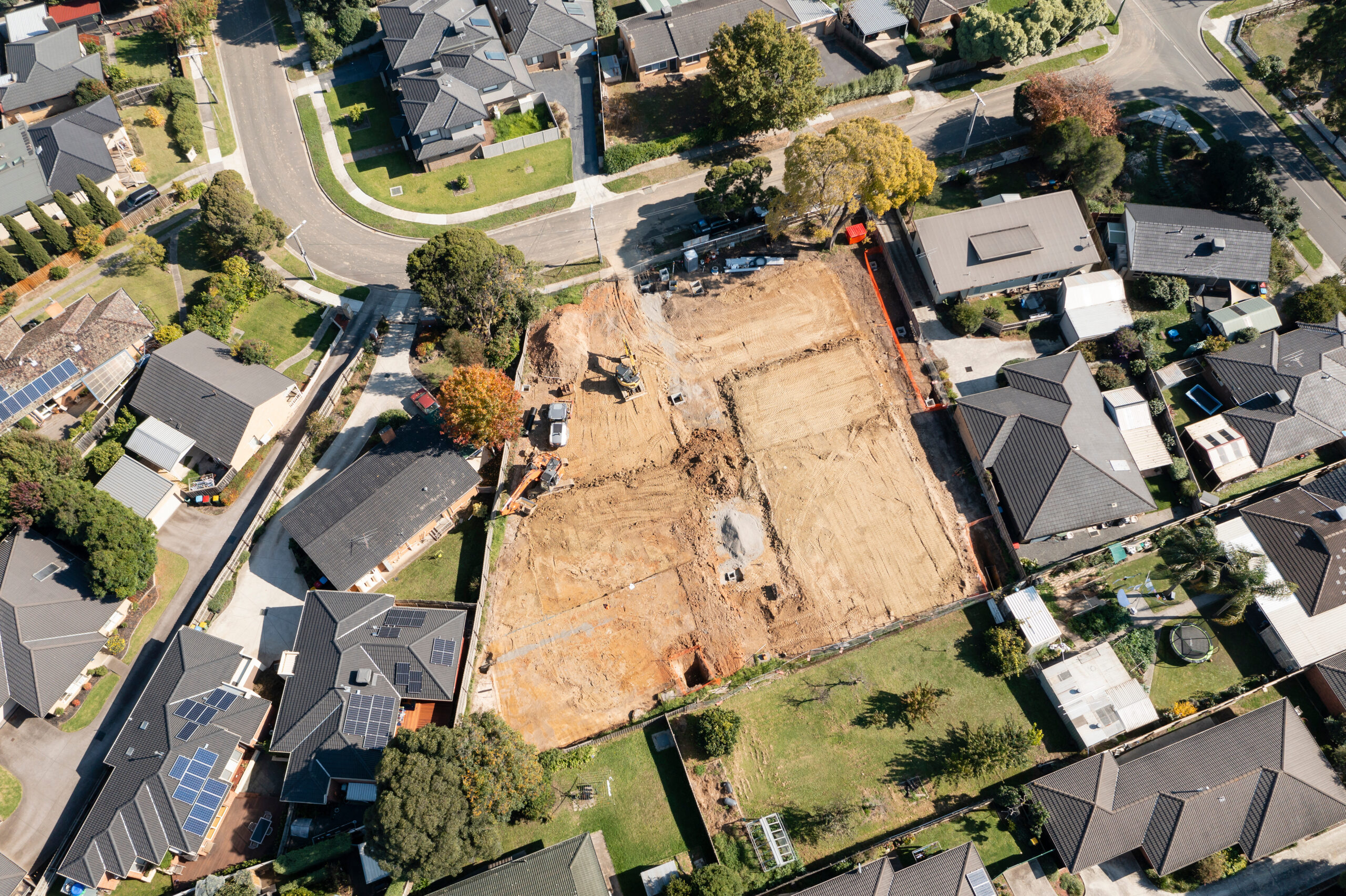The process of selling a home can be simultaneously exciting and intimidating to a homeowner. Most sellers think about their home’s sale price, and they rightfully get excited at the thought of receiving that total at the end of the transaction. Whatever plans they have for those proceeds, from investing in a new home, to downsizing and placing excess proceeds into savings, or simply pocketing the money and traveling the globe, that windfall of cash will go a long way in achieving their goals.
Unfortunately, and despite this common misunderstanding, the sales price of a home rarely equals the seller’s eventual net proceeds. This is due to a list of common expenses that will need to be covered at closing. By taking those expenses into account, a Seller Net Sheet” can be a helpful tool to understand and “see” how much a seller receives from the sale of their house after covering these costs.
Here are a few pointers about seller net sheets and how to read them.
1. What is a Seller Net Sheet?
A seller net sheet (aka Seller’s net sheet) sets out all of the seller’s closing proceeds and expenses and forecasts the remaining balance that they’ll receive in detail. Seller net sheets are frequently created by a real estate agent, broker, or title company.
Common closing expenses can include mortgage payoffs, commissions, fees, HOA dues, contractors’ invoices, inspection costs, etc. Here are more details about each of these categories:
- Mortgage payoffs: This is the amount of money you need to pay off the Mortgage loan you borrowed to finance your property. An accurate Mortgage payoff should include the amount of principal owed, daily interest through the date of closing, any unpaid escrows for taxes or insurance, and any outstanding fees owed to the lender. This may or may not be included on the sheet depending on the information you’ve provided to your realtor
- Commissions: This is the fee that you agree to pay the Real Estate Broker (or brokers) for selling your home
- Fees: These can include fees charged by the Real Estate Brokers, the HOA, Lien search or title search costs, loan processing charges, tax certificates, etc.
- Contractors Invoices: If there are any outstanding contractors liens or invoices, or if a contractor needs to be hired to handle repairs that may need to be done to the home as part of the final inspection, then you (as the seller) will be responsible for these costs.
- Inspection costs: While it’s almost always the buyer’s responsibility to pay for the home inspection, there are some cases where both parties agree that the seller will cover this cost.
2. When and How to Get a Seller Net Sheet
A seller net sheet is helpful for a seller to be aware of all expenses that they can expect when selling their home. They also provide first-time sellers an idea of just how much money will be coming their way, which can be a bit of a gray area until you’ve gone through the process. That said, even if they know a seller’s net sheet can be valuable (especially for the closing process), most aren’t sure how to get one. Here’s the good news: We already provide a feature on our website for you to create an estimated seller net sheet.
The net sheet allows you to verify all the calculations and understand the taxes associated with the transactions. You’ll want time to review it before you sign closing documents.
Similar to a Seller Net Sheet, an ALTA closing statement can provide you with a detailed summary of all of the costs and proceeds at closing. Consider checking with your real estate agent, broker, or title company well before you’re in the finalization process. Ask them when they can send you an ALTA closing statement or seller net sheet. If they tell you that they can give it to you at closing, let them know that you’d like it in advance.
3. How to Read a Seller Net Sheet
The process of reading a seller net sheet is simple as net sheets are frequently similar.
In most net sheets, the purchase price is displayed right up front, before listing out the credits, deductions, costs and fees that will be collected and disbursed at closing.
Similarly, on most net sheets, you can find the estimated proceeds from the sale on the bottom of the page. Now is a good time to remind you that this is just an estimate and not the final accounting. Due to the relative unpredictability of many real estate transactions, or unreliability of “stale” or outdated payoff information, the proceeds listed in the sheet could be off by thousands of dollars.
You can enhance your understanding of how to read a seller’s net sheet by learning how to calculate one yourself. There are FIVE basic steps:
- Start with the Sales price
- Then add up all the charges to determine the total amount of debits that will be deducted from the sales price at closing. Be sure to include any proration credits that the Seller will need to provide to the Buyer for unpaid property taxes, HOA dues or CDD fees.
- Then add (and/or subtract) all of the proration credits that the Buyer may owe to the seller for paid property taxes, HOA dues or CDD fees.
- Subtract the debit column from the credit column
- Find the seller’s net profit in the remaining balance
You’ll know you’ve calculated the seller’s net proceeds correctly when the bottom-line credit and the net proceeds are equal.
Final Thoughts
Remember, while a seller net sheet can be a very helpful guide, it is not a legal document and should not be relied upon as the final accounting at closing. Rather, consider the Seller net sheet as a helpful tool to help you estimate your final proceeds.
When it’s time to sell your home, partner with a trusted resource like St. Johns Title. We are an attorney-owned and operating title company. We are richly experienced in working with local families as they navigate the seas of home sales and refinance transactions. Visit here to learn more about the services we offer and how our expertise can make relocating as smooth as possible.










